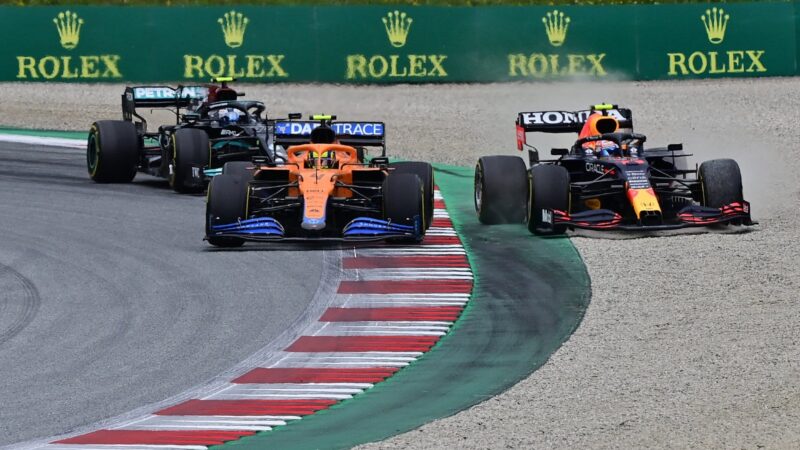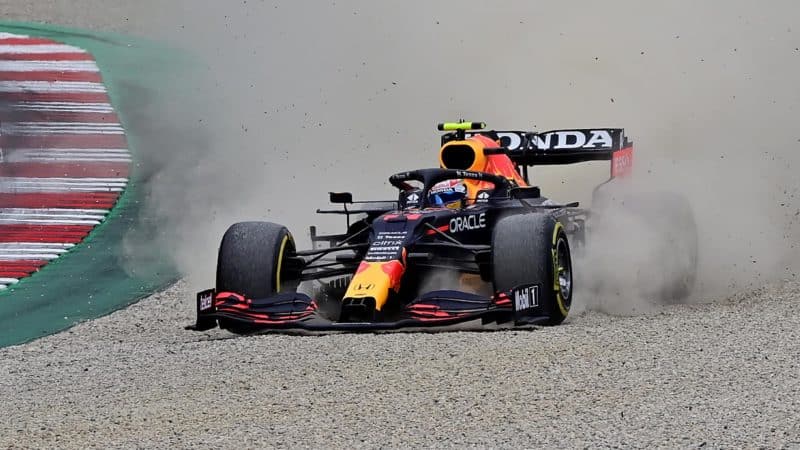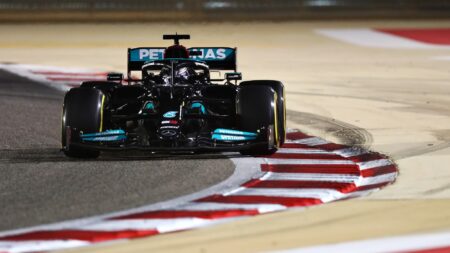And this is when we get to the main point I promised: The stewards were consistent, and that is something they should actually be credited for.
Once they gave the Norris penalty, they stuck with that approach for the rest of the race. Michael Masi might be a constant in choosing what gets sent to the stewards, but the stewards themselves can differ from each race, much in the way that you never have the same referee for every game of a football season.
And while football can offer an example of how you need to react, I think rugby is a better one. Firstly, there’s a lot of respect for the officials in rugby, and rightly so. Without them policing the game, the game wouldn’t happen. The same goes for racing at such a high level.
But one of the things that is really interesting about rugby officiating is the way a referee might choose to handle a game. Sometimes they allow scrums and rucks to just play out and the game to restart as quickly as possible, others they are really stringent on certain aspects.
Is it a problem if officials are particularly strict or particularly lenient?
So without getting too technical on the nuances of rugby (I can already hear the editor screaming that this is meant to be an F1 column), the point is the referee chooses how lenient or strict he is being within certain areas, and the players have to adapt.
And my question now is, why’s it a bad thing if it’s the same in Formula 1?
With different tracks race-to-race, you’re so rarely getting carbon-copy incidents week-in, week-out. And each of those incidents is being analysed by a different group of people. So why is it a problem if the officials are particularly strict or particularly lenient at one race or another?
It’s not the editor this time, but I hear some of you saying ‘But then how do the drivers know what they can and can’t get away with?’. And the answer is, they don’t fully until they try it. It’s how much they’re willing to risk, but just like in any other sport, once the participants test the officials and understand how they’re going to interpret the rules, they have to adapt.





